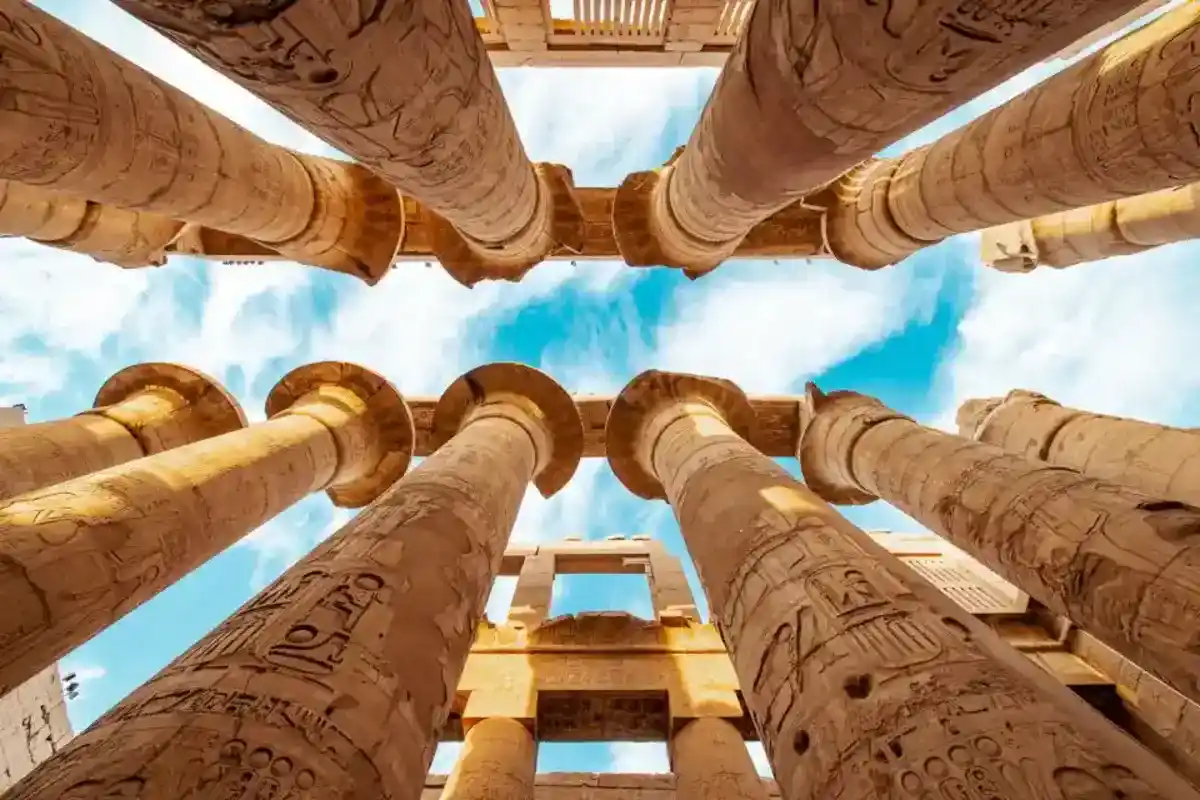Karnak Temple Complex, located in modern-day Luxor, Egypt, is the largest religious structure ever built and a monumental testament to ancient Egyptian architectural genius. Known to the ancients as Ipet-isut ("The Most Select of Places"), it was the principal cult center for the Theban Triad, with the supreme state god Amun-Re at its head, alongside his wife Mut and son Khonsu.
Construction and expansion of Karnak spanned over 2,000 years, from the Middle Kingdom into the Ptolemaic period, with over thirty pharaohs leaving their mark. This prolonged history results in a vast "city of temples" that lacks a single, uniform plan. The main precinct, dedicated to Amun-Re, is the largest area and the part most visitors explore.
The most iconic feature is the Great Hypostyle Hall, a massive chamber containing 134 colossal sandstone columns, with the central twelve columns soaring to a height of nearly 70 feet. The sheer scale of this hall is staggering, designed to fill the visitor with awe and reflect the power of the gods and the pharaohs who commissioned it, such as Seti I and Ramesses II.


